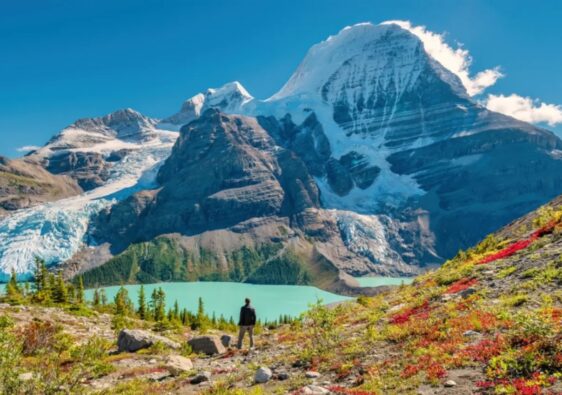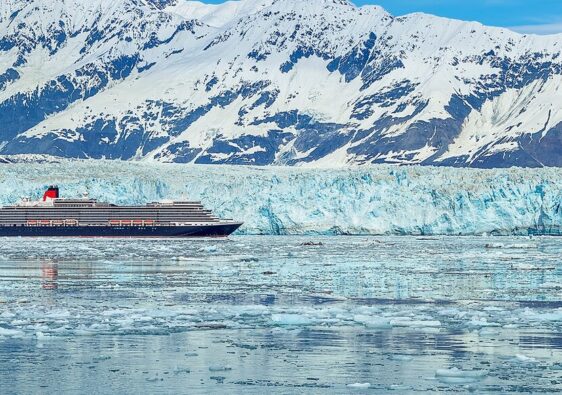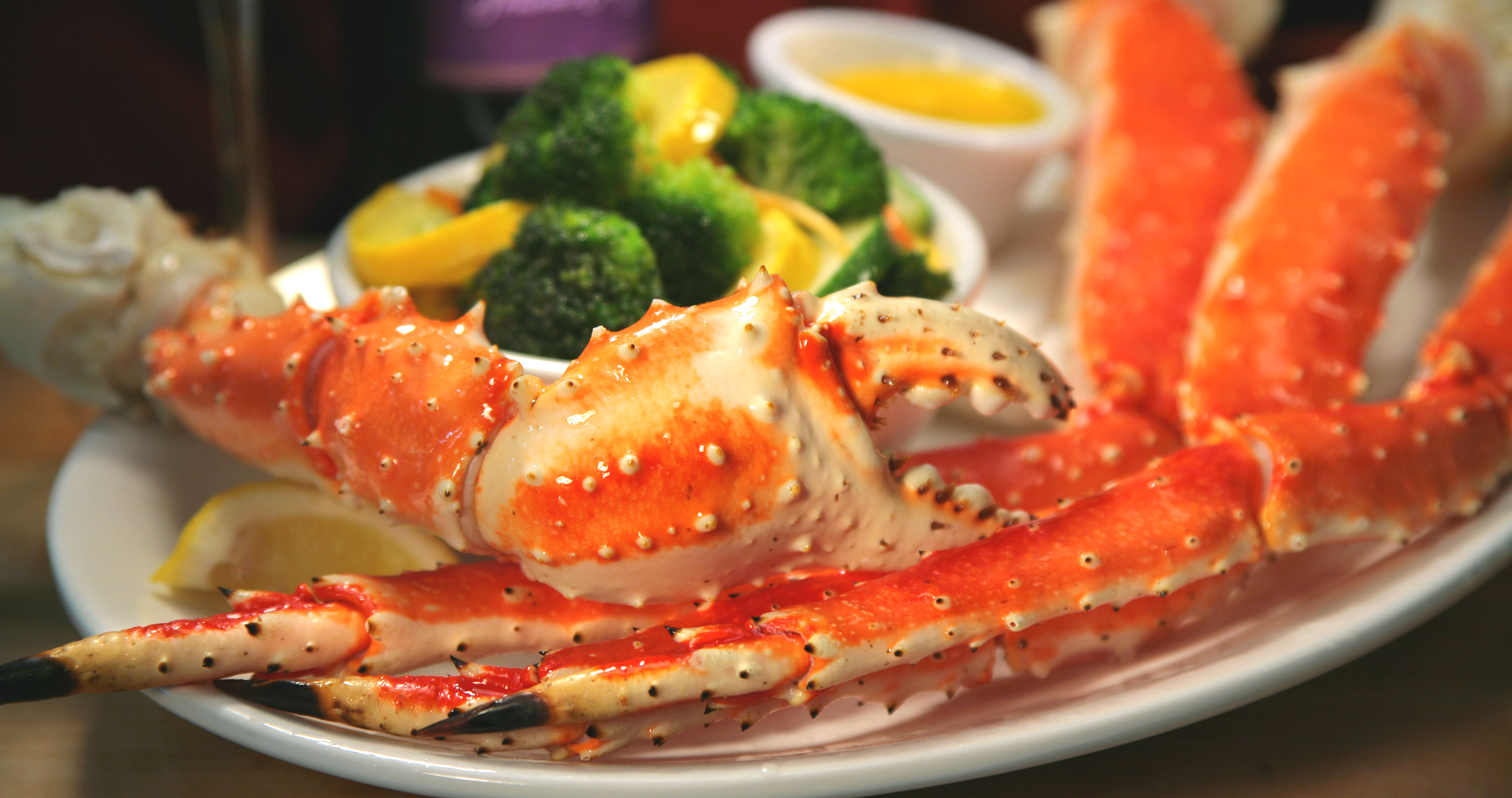Stereotypically Alaska is a glacial wonderland with mountain tops painted with blankets of white snow. And while this snowy utopia is true of Alaska’s winter, summer in Alaska presents itself quite differently.
It is a season of long days and pleasant weather, perfect for wildlife watching and adventurous activities. Saying that, there’s no “right” time to go to Alaska, and the time of year that is best for you will depend on what it is you want to see and do. With summer almost upon us, we’ve rounded up some of the reasons why Alaska is a great option for a summer voyage
Summer days last all night
It’s hard to explore new surroundings after nightfall, and Alaska’s long stretches of daylight in the summer don’t interfere with any sightseeing. Start your day early in the morning and continue into the night. In Fairbanks sunlight is 22 hours during the summer and Anchorage boasts 19 hours of sunshine.
Comfortably warm
While the winters in Alaska can fall below zero, the summer months mirror that of a sunny British day with temperatures averaging between 15-28°C. If you’re planning to head into the arctic regions, take note that the snow melts once late June approaches.
Plant life is in abundance
The warmer weather and never-ending sunlight lend a hand to the plant life in Alaska and the landscape blooms with lush fauna and heather.
Everything is open
Mid-June to mid-August is when most tourist attractions are open, as well as restaurants and shops. This is the high season and the widest variety of activities will be on offer for any visitors.
Humpback whales and black bears
Different types of wildlife leave hibernation at different times of year. Visit Janeu during April to November and witness humpback whales and orcas navigating the northern Inside Passage. Or in July through to September, see black bears, grizzlies and brown bears fishing for salmon.



